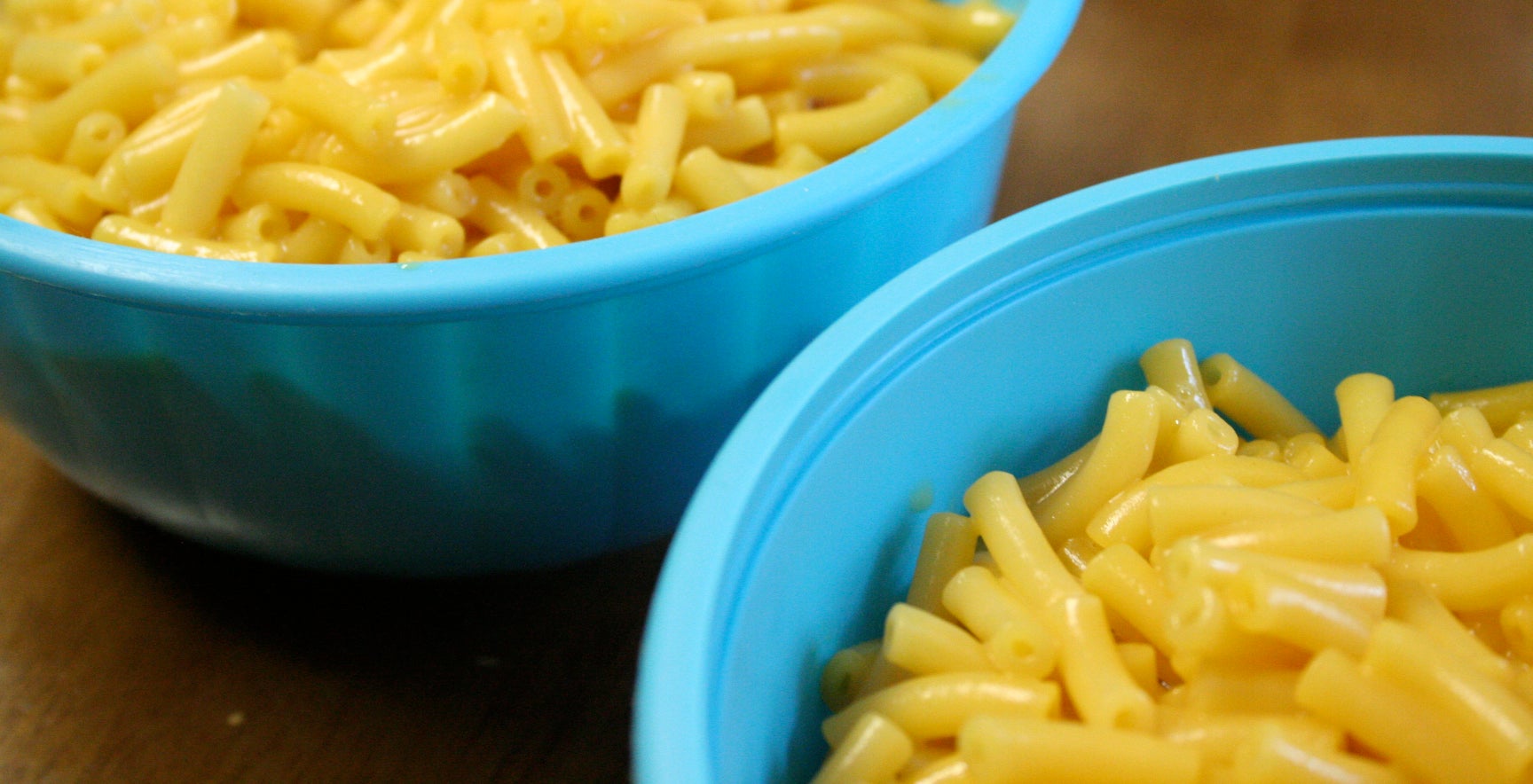Ask a Thru-Hiker: What Should I Eat on a Long Trail?

'Ginny'
This is Ask a Thru-Hiker, where record-setting long-distance hiker Liz “Snorkel” Thomas answers your questions about life on the trail.
Dear Snorkel,
What should I eat on a thru-hike? Should I be thinking about menu planning differently?
Hungry for a Long Trip
Hiking thousands of miles without a break takes a lot of energy. That means food, and lots of it. Watching thru-hikers feed has become a yearly pastime for people who live near long trails.
When it comes to thru-hiking food planning, there are both practical considerations and the specific macro and micro nutritional needs. (Want all the details? Nutritionists Katie “Salty” Gerber collaborated with us on our Thru-hiking 101 class.) This week, I’ll talk about the thru-hiker mindset when it comes to trail food and how that is different than a typical backpacker’s mindset.
How much food should I pack for a thru-hike?
First, let’s get this out of the way: Thru-hikers typically don’t carry more than 10 days of food at a time, if that. In that way, a thru-hike is like a series of back-to-back backpacking trips.
That said, your nutritional needs will be greater than on a typical day on a backpacking trip. For most people, walking 15 or 20 miles on a day hike merits a big meal afterward. A thru-hike is that level of exertion, day after day, week after week, minus the big restaurant celebration after each day.
As you can imagine, it doesn’t take long on the trail for the body to work through its stored nutrients. Some people say their “hiker hunger” kicks in after 2 weeks, others say after 800 miles of hiking. After that point, your body is aware that it won’t be sitting at a desk all day. Walking all day is your new routine. Your physical systems adapt to that reality.
While daily consumption differs between hikers, your body will crave more per day than you would eat on a backpacking trip. The longer you are out on trail, the more per day you may find you need. For example, when I start a thru-hike, I will only carry 1.5 pounds of food per day. By the end of a 2,000-mile hike, it may be up to 3 pounds per day.
How much of a variety of foods should I pack?
Thru-hikers have to eat for energy, yet too often, we look into our foodbag and gag at the thought of downing what is in there. On a weeklong backpacking trip, I could eat oatmeal every day. But after 100 days of oatmeal, you never want to see it again.
It’s easy to get tired of trail food after months. Mix up what you eat day-to-day and read your body when it says, “No more of this!”
The importance of picking thru-hiking food by taste
Choosing food with high nutritional value for your thru-hike is great, but make sure you like to eat it, too. Some scientists found that food tastes differently at altitude or after exercising. On-trail, some of your favorite snacks may taste better or worse than when you eat them at home. There’s an aspect of trial and error to figuring out what food is appetizing to you while on a thru-hike.
A note about bulk and weight
Just like on a typical backpacking trip, choosing foods that nutritionally dense makes it easier to fit it all in a backpack. Since most food carries on a thru-hike aren’t much more than on a typical backpacking trip, your bulk and weight considerations should be similar. Many long-distance trails require thru-hikers to carry bear canisters for portions of the hike. For those sections, bulk becomes an even more important consideration because you will need to fit all your food into the canister.
Food preparation on a thru-hike
On a backpacking trip, it’s fun to bring along fresh ingredients and do an on-trail cookout with friends. While thru-hikers may occasionally do this, especially after they have resupplied in civilization, it isn’t a nightly occurrence for most. Why? Because thru-hikers often find they want to make their lives simple on trail: Walk, eat, sleep. Making an elaborate meal takes time. At the end of the day, thru-hikers are often hungry and exhausted. It just becomes easier to add hot water to something and eat. This may not be the most glamorous way to eat, but it ends up being a reality for many thru-hikers.